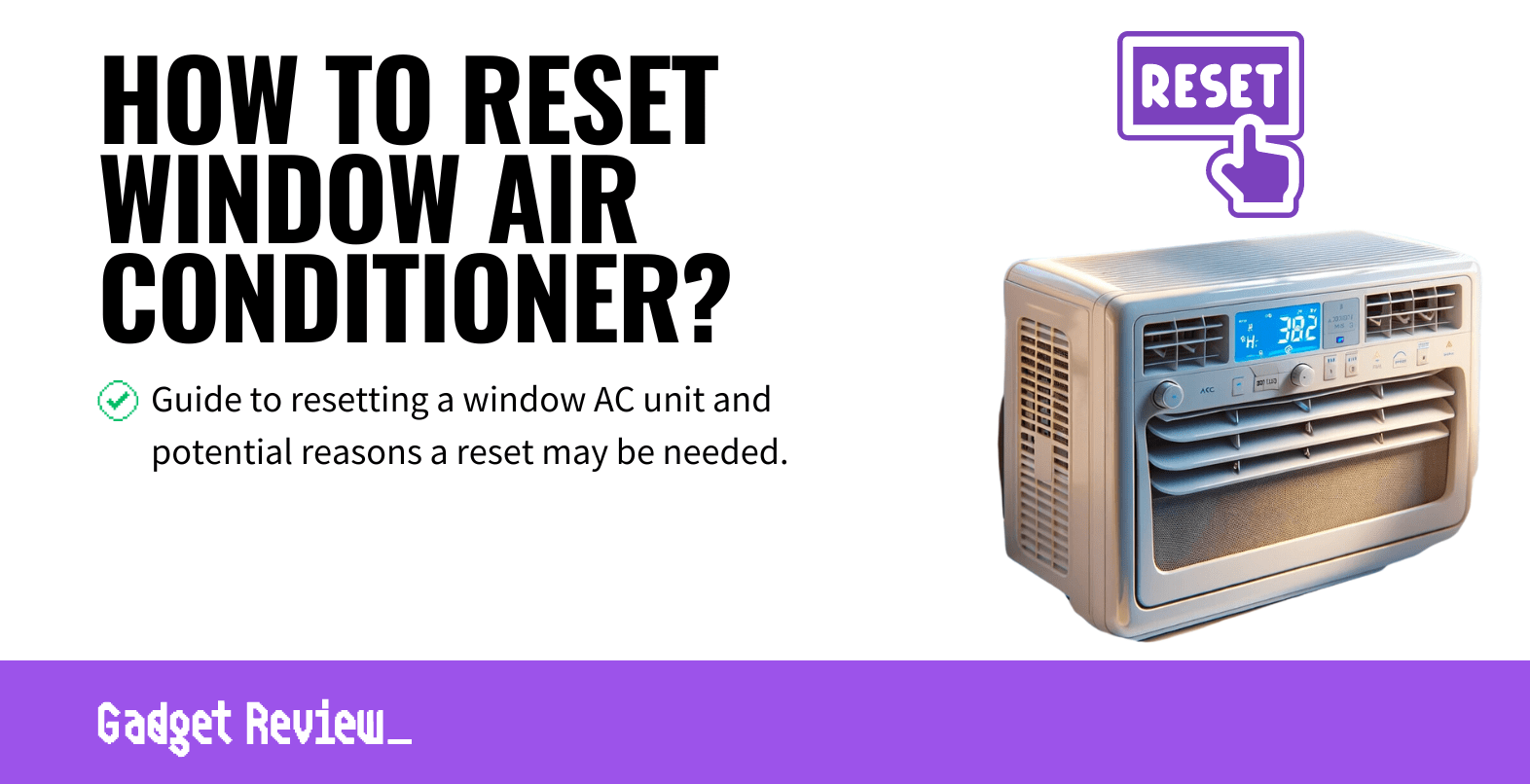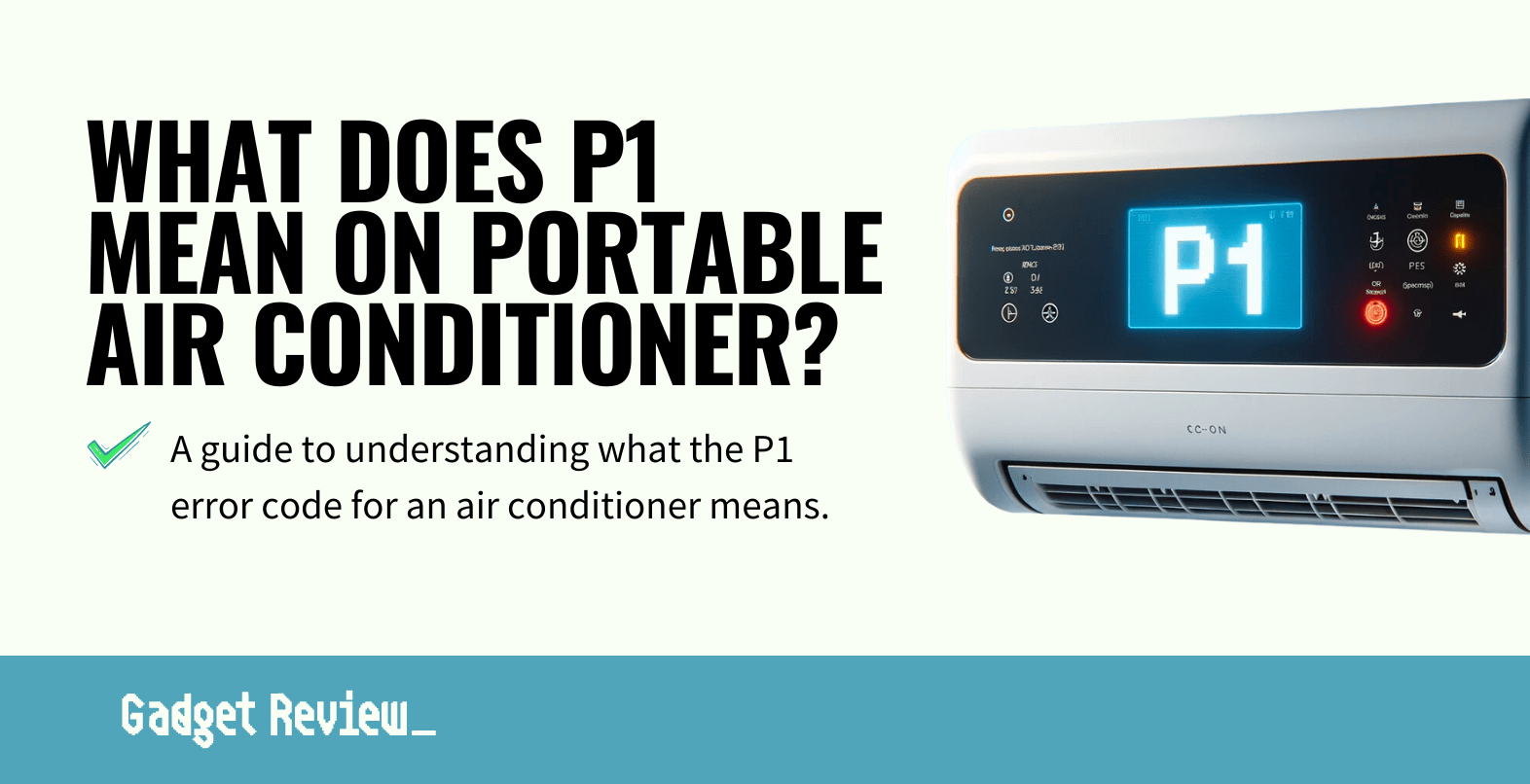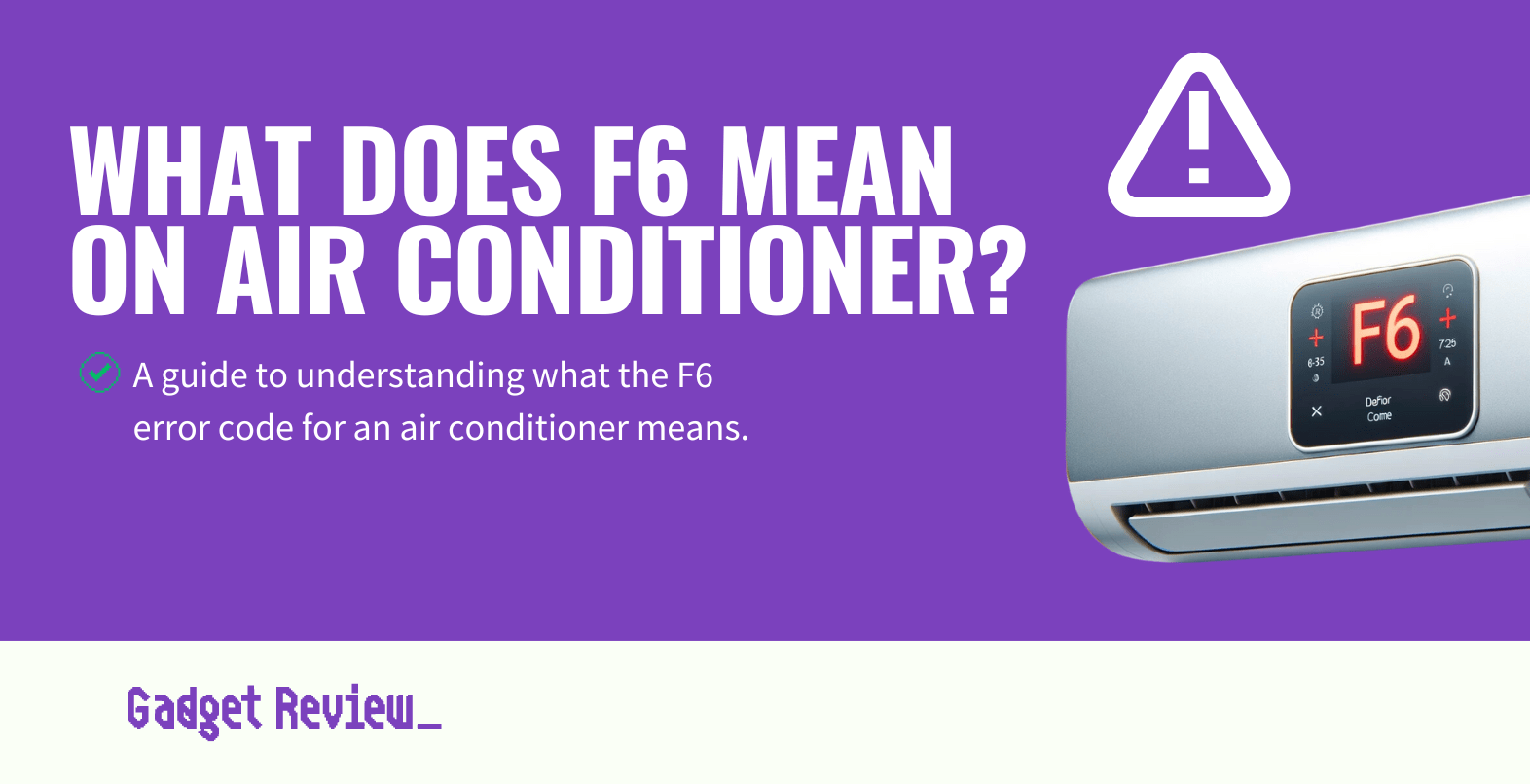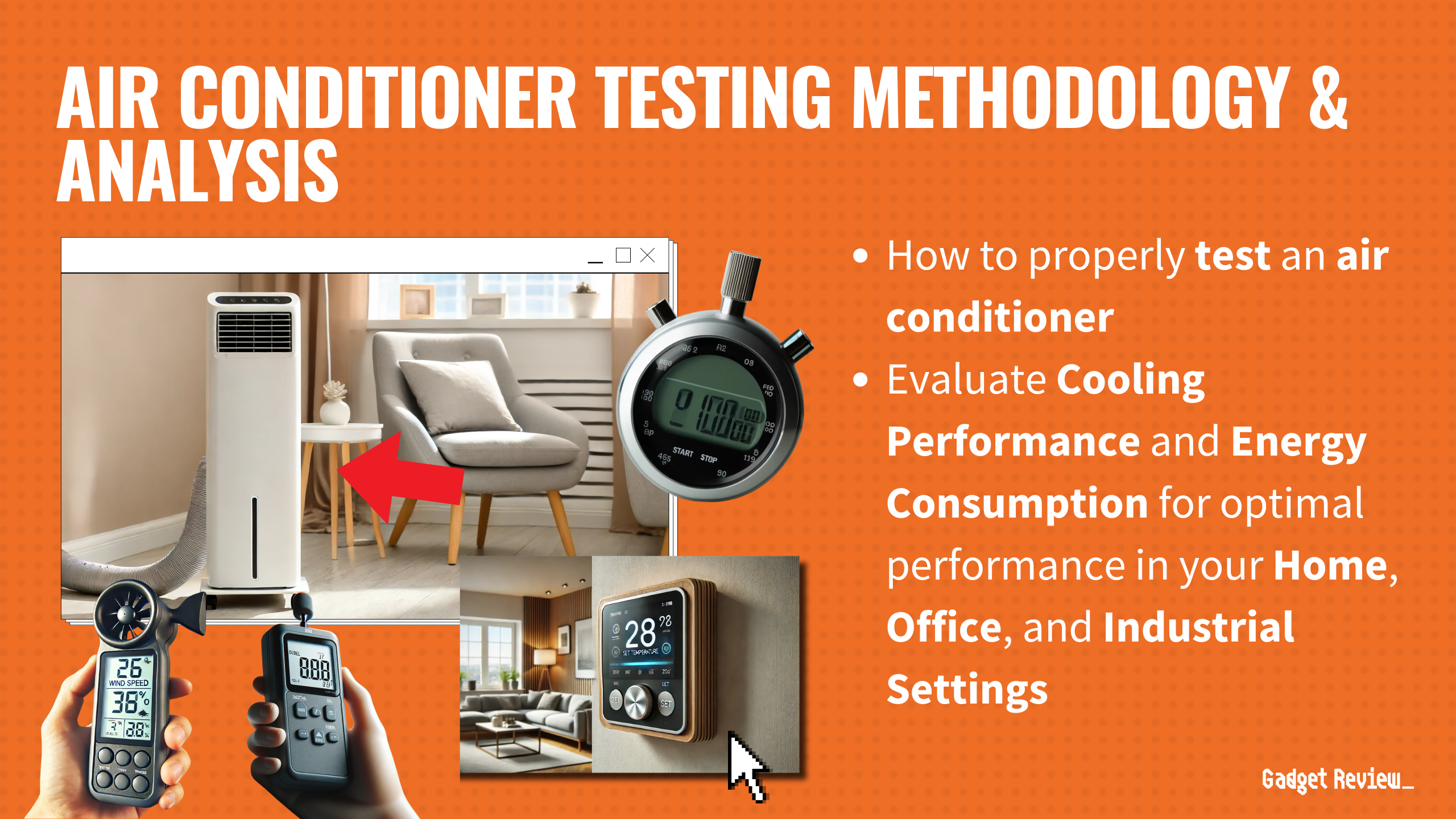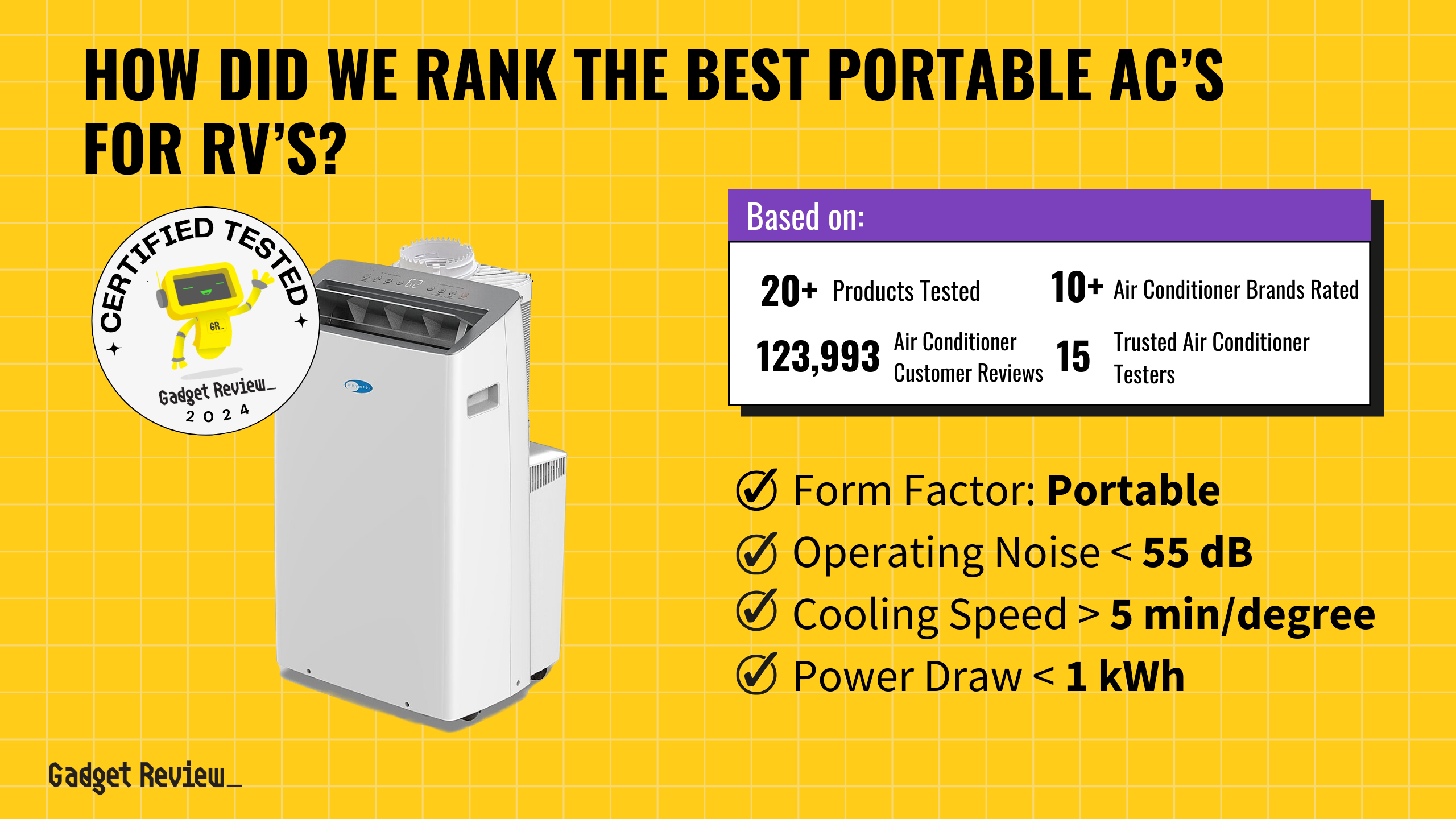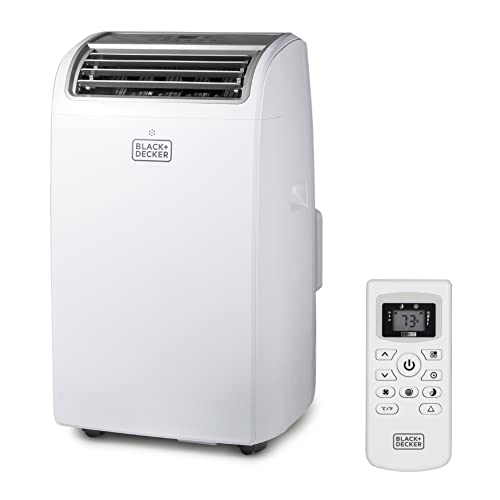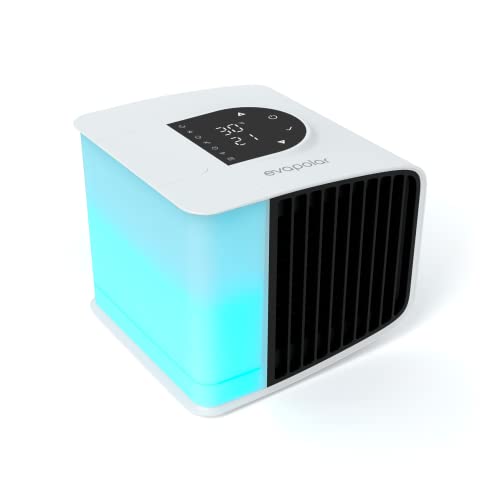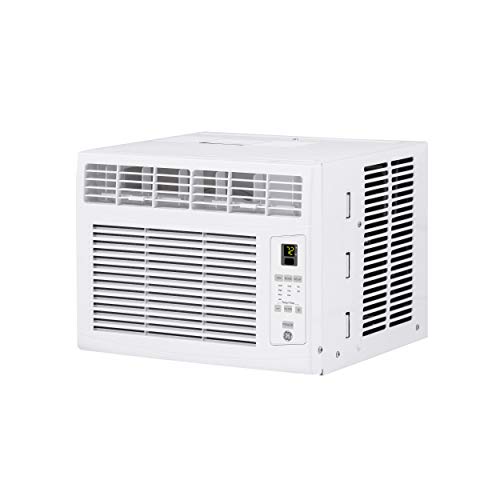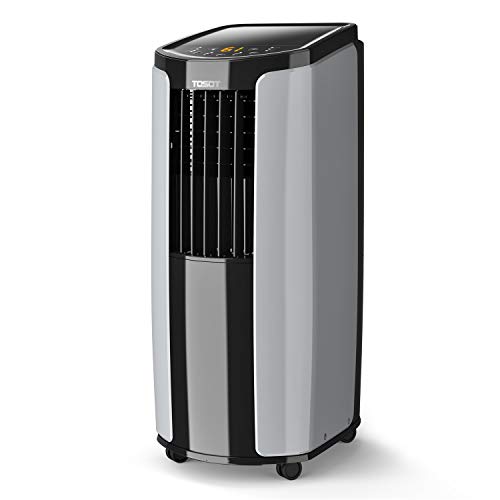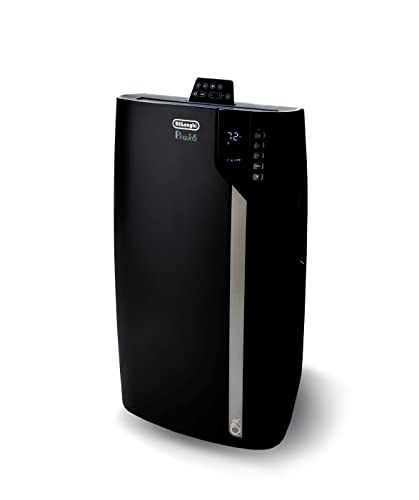Many of the best air conditioners operate on electronics similar to computers. And just like rebooting a computer can help solve many issues, the same applies to window AC units. To reset a window air conditioner, turn it off, unplug it, and wait for a few minutes. Then plug it in and turn it on again. If it still doesn’t work, check the instruction manual or call a professional for help. Moreover, keep it clean and maintained to avoid problems.
Key Takeaways_
- Resetting a window AC reboots the electrical components and can solve any power distribution glitch.
- Most window ACs don’t have a reset button and will have to be reset manually.
- Unplug the AC, and then turn off the power at the circuit breaker.
- After a few minutes, turn everything back on and check if it worked.
How to Reset a Window Air Conditioner
Resetting your window air conditioner can often be the quick fix you need to restore comfort and efficiency to your space.
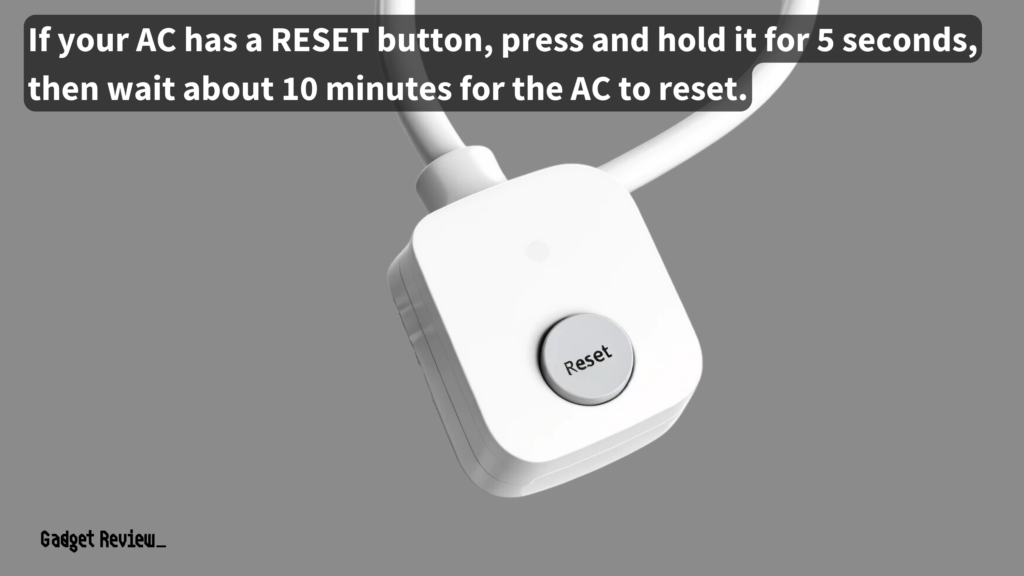
This simple process can resolve issues from minor malfunctions to restoring default factory settings after a power outage.
Understanding when and how to perform this task can save you time, money, and ensure your unit operates at its best.
Step-by-Step Guide to Resetting Your Window Air Conditioner
Before hitting the reset button on your air conditioner, a few preliminary checks can ensure the reset process goes smoothly.
- Ensure the external power supply is stable and that there’s no loose connection at the wall outlet.
- Check the air conditioner circuit in the breaker box to ensure it hasn’t tripped.
- Reviewing the default thermostat settings and ensuring the filter isn’t a dirty filter can also help.
These steps can prevent unnecessary resets and ensure the issue isn’t due to minor overlooked factors.
To make your window AC colder, consider lowering the thermostat setting and ensuring the unit is not in direct sunlight, which can affect its efficiency.
STEP 1 Locate the Reset Feature
- Begin by examining your air conditioner’s control panel or the area around the power cord. Look for a button or switch labeled as “Reset.”
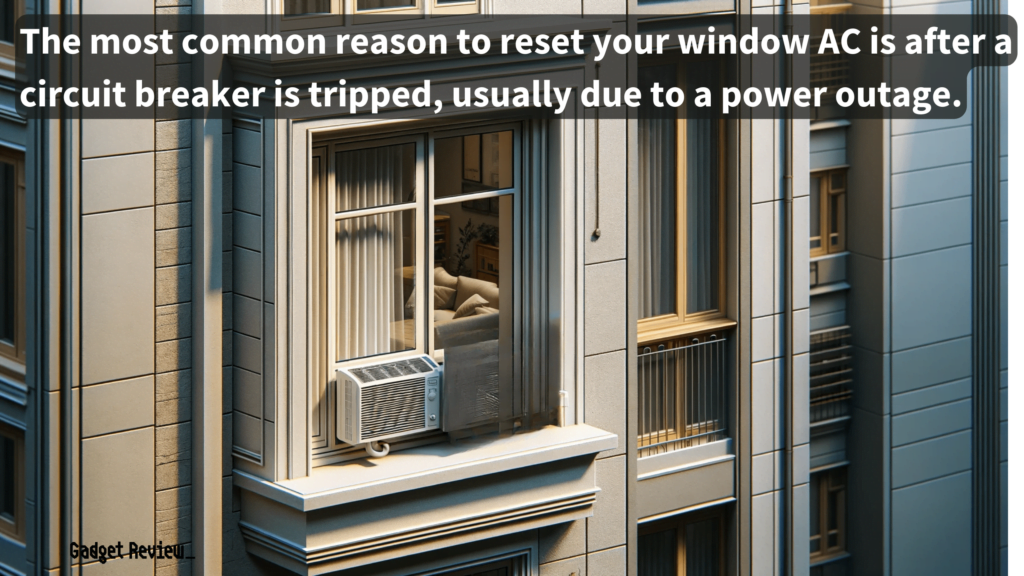
STEP 2 Unplug If No Reset Button
- If your air conditioner does not have a designated reset button, proceed to safely unplug the unit from the wall outlet. This action will serve as an alternative method to initiate the reset process.
STEP 3 Wait for a Minute
- After unplugging, wait for approximately one minute. This brief period allows the air conditioner’s internal circuitry to discharge and revert to its default factory settings, ensuring a thorough reset.
STEP 4 Reconnect the Power
- Reconnect your air conditioner to the wall outlet. Ensure the plug is securely inserted and that there is a stable power supply.
STEP 5 Check the Operation
- Turn on your air conditioner and observe the display lights and overall operation. A return to normal function and steady display lights typically indicate a successful reset.
STEP 6 Monitor Performance
- In the following hours, monitor your air conditioner’s performance to ensure it is cooling effectively and operating efficiently, confirming the reset has restored optimal functionality.
Troubleshooting Common Issues Post-Reset
After resetting, if your air conditioner still exhibits issues like failing to cool or making clicking noises, further troubleshooting may be needed.
Check the compressor motor and condenser coils for any visible signs of distress. Sometimes, a reset might not resolve electrical voltage problems or refrigerant leaks, which require professional attention.
Understanding these common troubleshooting tips can help you discern between minor issues that a reset can fix and more serious problems.
Familiarizing yourself with what aircon symbols mean can also enhance your understanding of your unit’s functionality and troubleshooting options.
When to Reset Your Window Air Conditioner
Your window air conditioner might need a reset under several circumstances. If you’ve experienced a power outage, your unit may fail to start or not cool effectively.
warning
Always keep an eye to ensure your window unit isn’t overheating. Window units are the most likely AC system to catch on fire.
Sometimes, the air conditioner’s LED lights might blink erratically, or the unit could emit strange noises, indicating a glitch in the electronic components.
A quick reset can often return the air conditioner to its normal operation, making your room degrees cooler without needing to contact a technician. Recognizing these signs early can prevent more complex issues over time.
Maintenance Tips to Avoid Future Resets
Regular maintenance is key to minimizing the need for resets. Ensure the air filter is clean and that the condenser unit is free from debris.
insider tip
Every time you experience a power outage, you should go through the entire process of resetting your AC unit.
Periodically checking the electrical connections and ensuring the air conditioner is mounted securely can prevent operational disruptions.
If your unit has been experiencing water buildup, learning how to drain your window AC unit properly can prevent leaks and potential water damage.
These maintenance routines contribute to the longevity and reliable operation of your air conditioning systems, ensuring comfort and safety in your home.
When to Call a Professional
If resetting and basic troubleshooting don’t resolve the issue, it might be time to call expert technicians.
Professional repair is advisable for complex issues like electrical power problems, refrigerant leaks, or if the air conditioner fails to engage in cool mode.
Experienced technicians can offer the necessary assistance, ensuring your unit returns to efficient operation without compromising your safety.
STAT: The Department of Energy states that 78 degrees is the best temperature to maintain a balance of comfort and energy efficiency. (source)
Understanding how to reset your window air conditioner is important to enhance the comfort and efficiency of your space.
While the reset process is typically straightforward, recognizing when it’s necessary and performing regular maintenance can prevent many common issues. However, for more complex problems, don’t hesitate to seek professional assistance.

